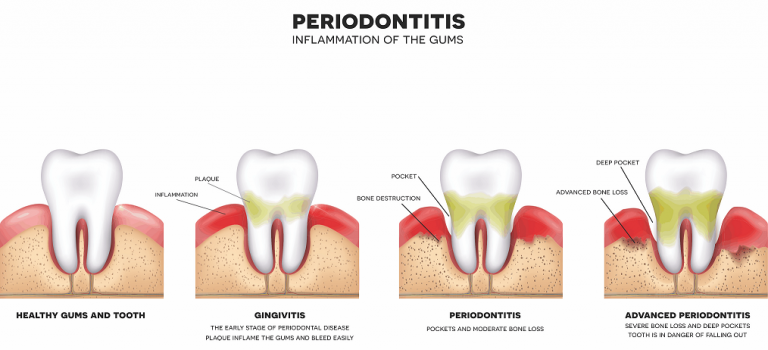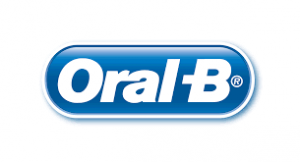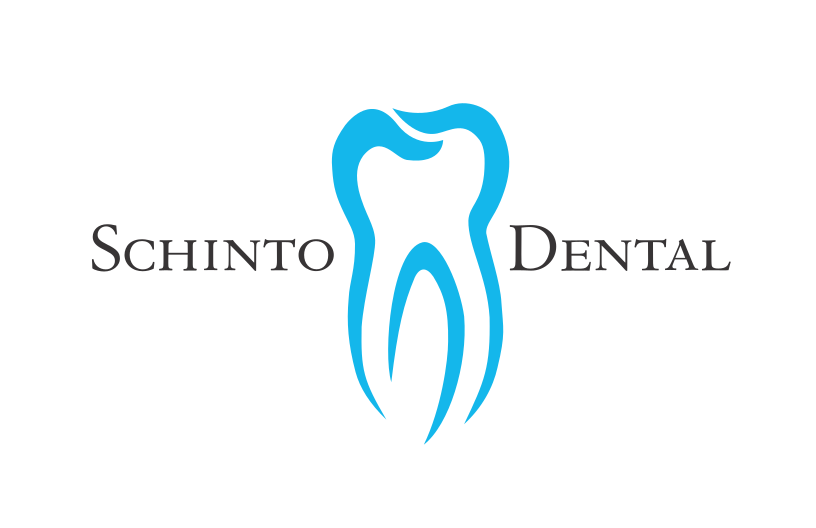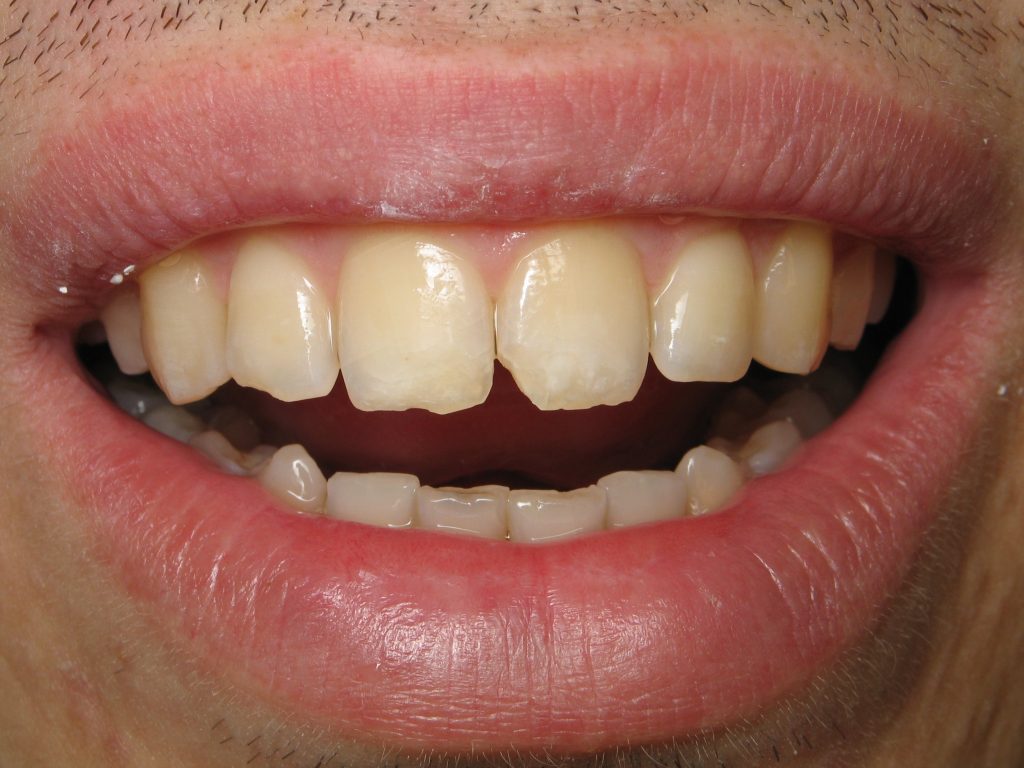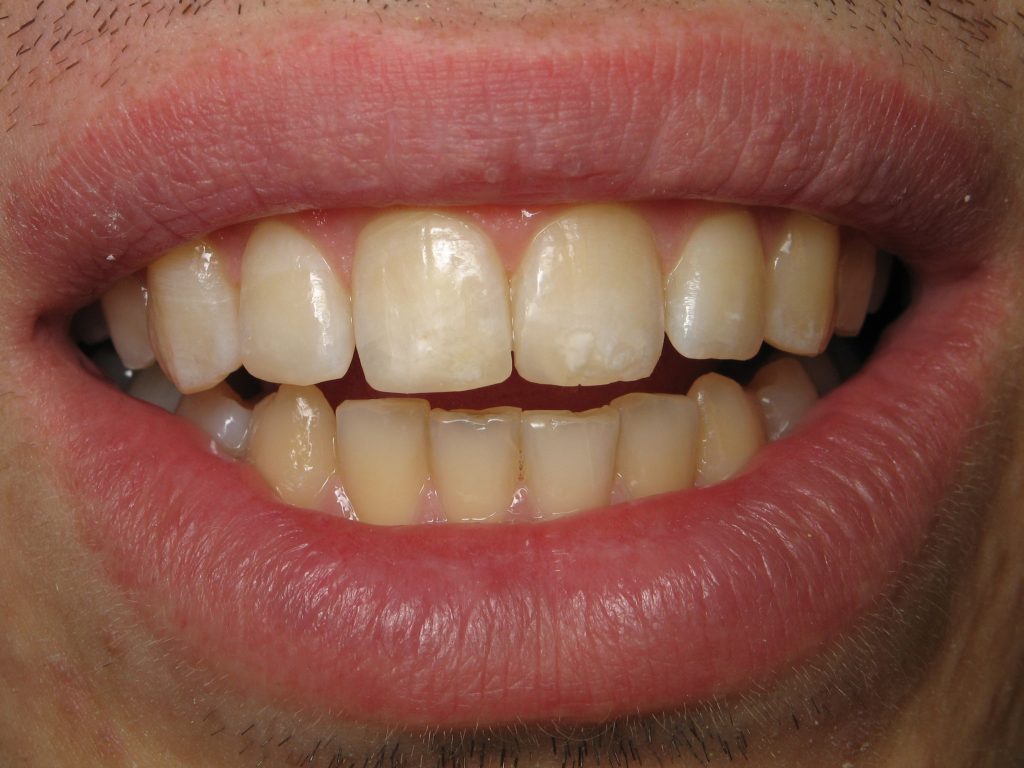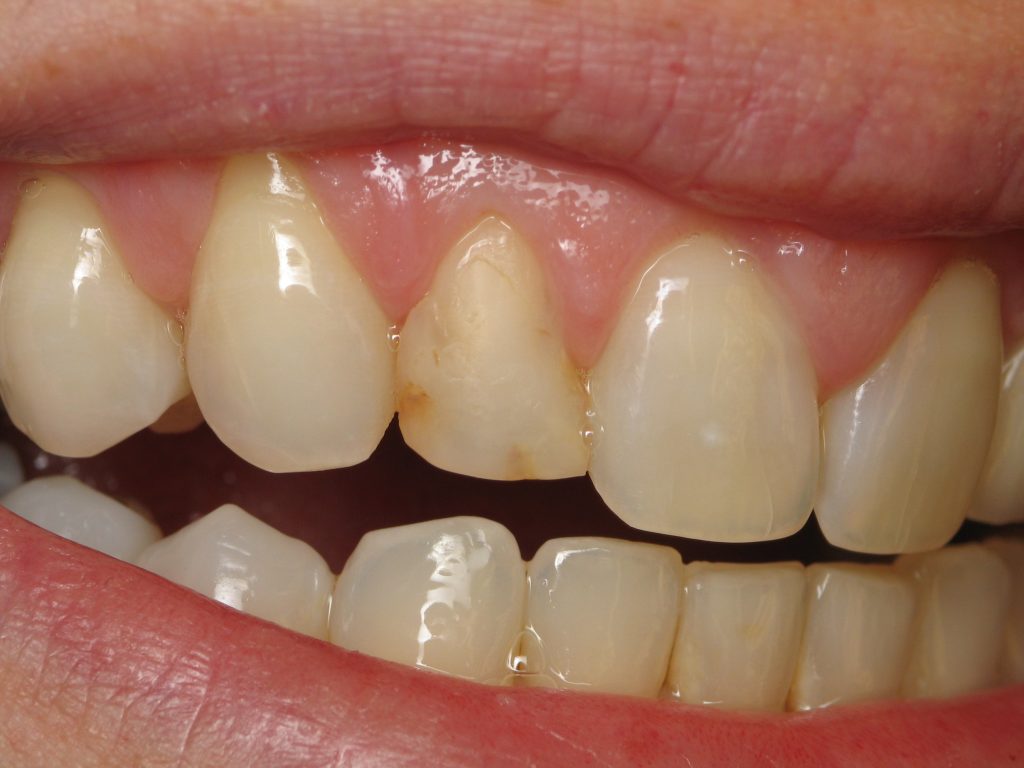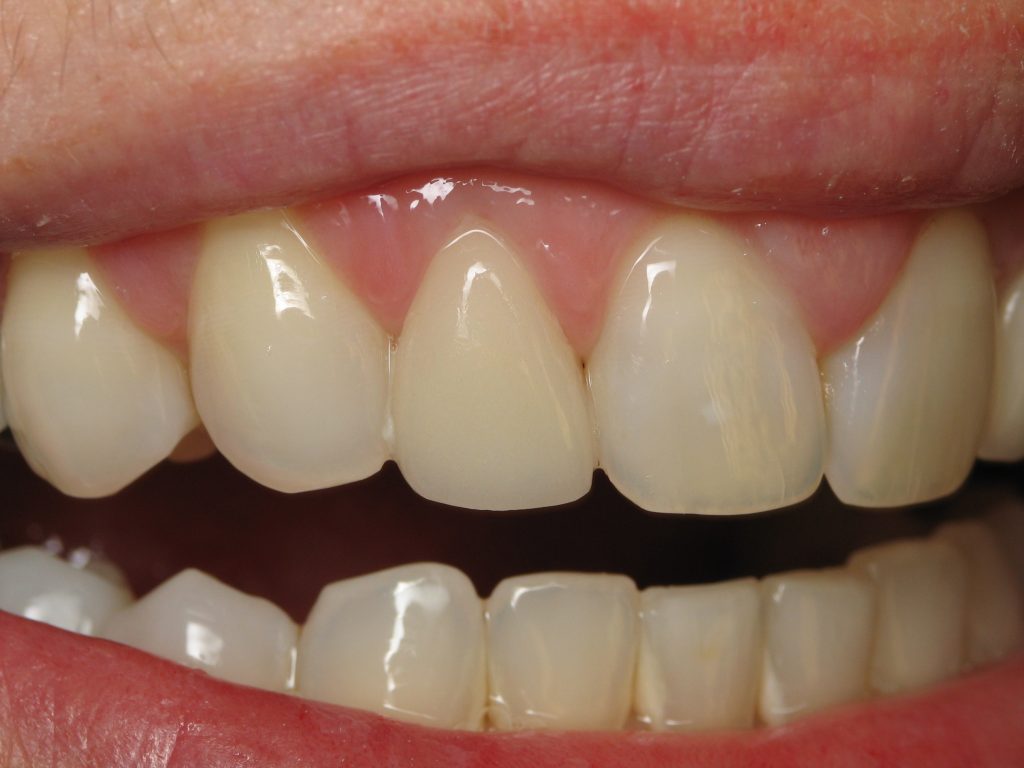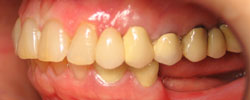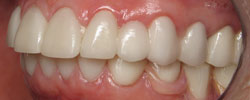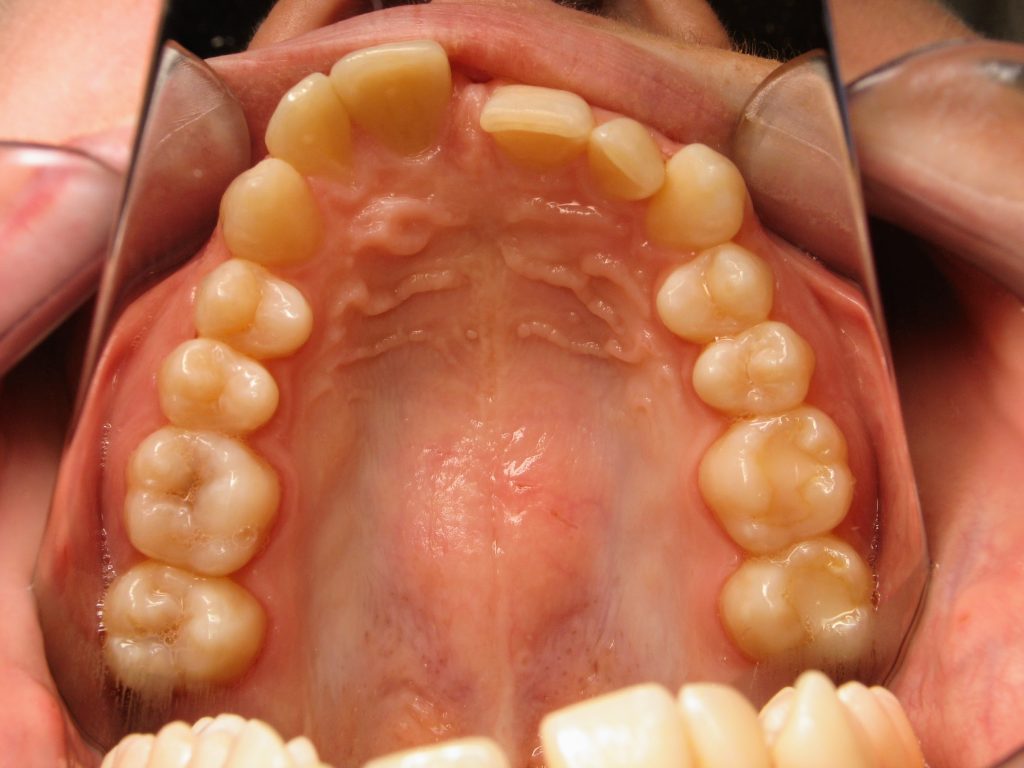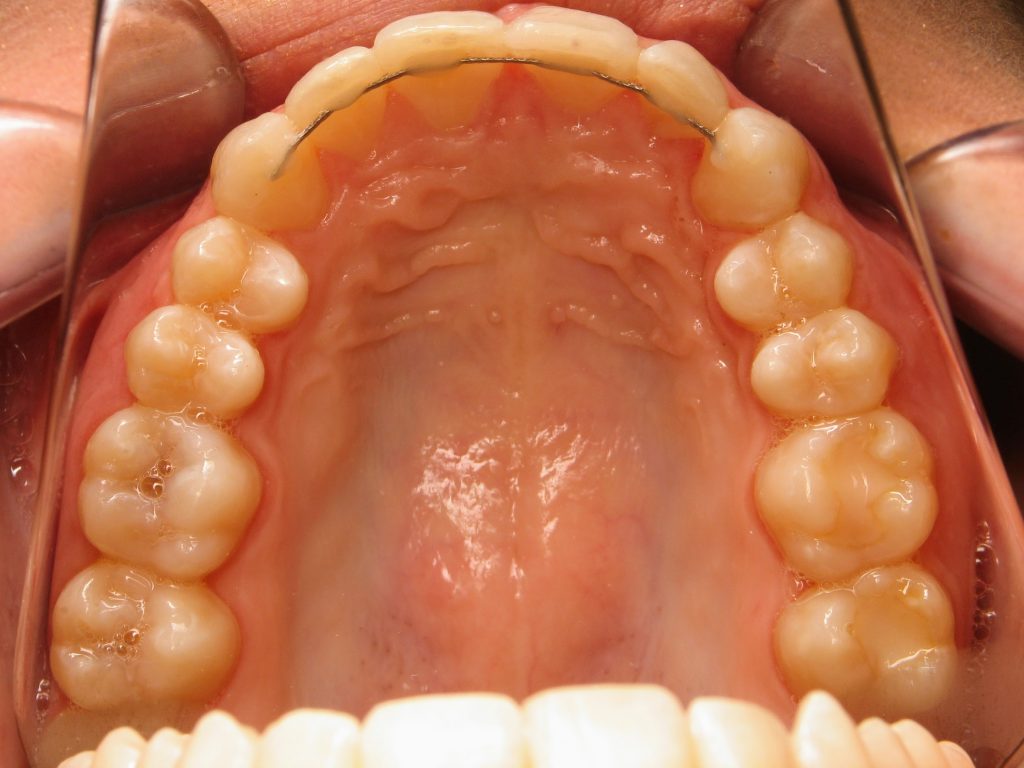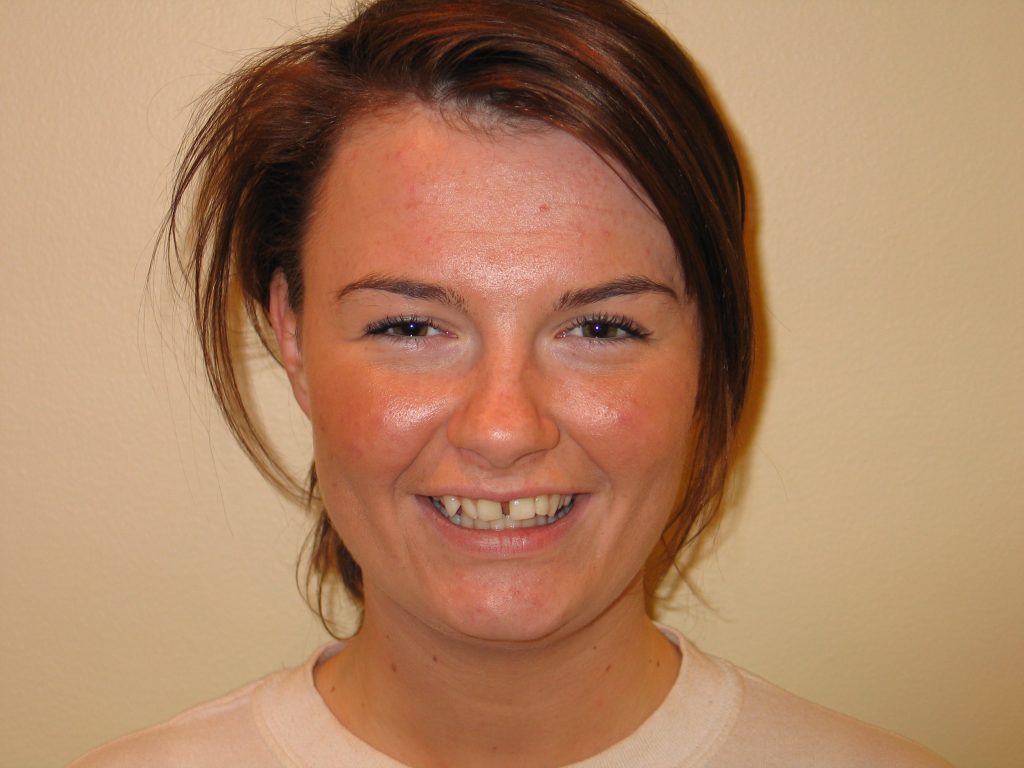Our primary concern is your health and safety. We follow infection control recommendations made by the American Dental Association (ADA), the CDC and OSHA.
PEDIATRICS
Children are the best! Schinto Dental treats all ages of children. Most children have 20 primary teeth by 3 years of age, so it is important to start brushing the child’s teeth as soon as the first tooth erupts. Primary teeth are just as important as the permanent teeth. They hold the space in the jaws for the permanent teeth.
A child’s first visit should be around age 1 or unless the parents notice an issue with the erupting teeth. I prefer to schedule the child’s first appointment at the same time as a parent cleaning visit, so the child can hear the sounds and see what is taking place in a very non-threatening environment. At this visit, we are just looking for proper eruption of the primary teeth and any abnormalities or decay. We also explain how the child’s teeth should be cleaned, proper diet and eating habits and the methods to ensure sufficient fluoride.
Should the need for a visit with Dr Schinto arise due to decay or trauma from some rough housing, Dr Schinto takes a very caring approach. It is usually best for parents not to try and explain what will be done while the child is to be with us. Certain words that a parent or an older sibling might use, could set some fear in the child. Dr Schinto never uses the “S” or “D” word when explaining how a filling is going to be done. Often after a child experiences how things are done and had a good experience, the child is able to on subsequent appointments, come to our treatment room alone and asks their parent to stay behind. That is when we know we have truly succeeded!
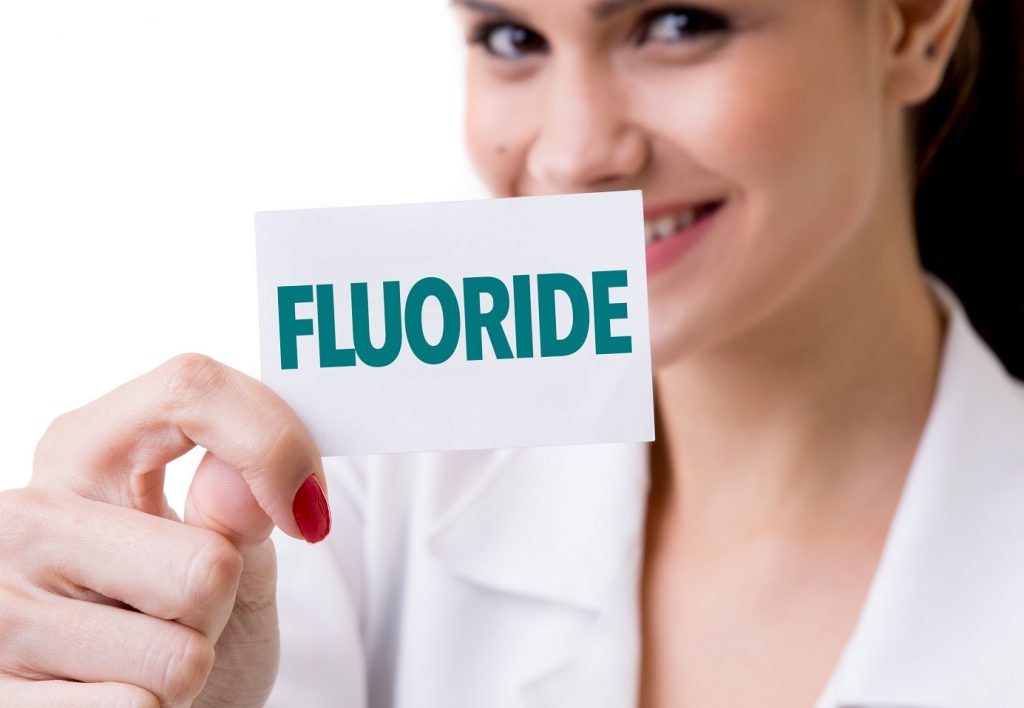
Fluoride
Fluoride helps to prevent tooth decay by making the tooth more resistant to acid attacks from foods and plaque bacteria. It is important for infants and children between the ages of 6 months and 16 years to be exposed to the proper amounts of fluoride, both topically and systemically. This is the timeframe during which the primary and permanent teeth develop and come in. Fluoride ions get incorporated in the enamel as it forms. The resulting enamel has been shown to be less likely to dissolve when confronted by acids, the early stages of decay. Adults benefit from topical fluoride. It does not become part of the enamel as with systemic fluoride, but it does have ability to strengthen the enamel on the surface, which aids in the slowing of damage. Professional fluoride treatments are recommended at the routine dental cleaning and daily home fluoride through toothpastes and rinses.
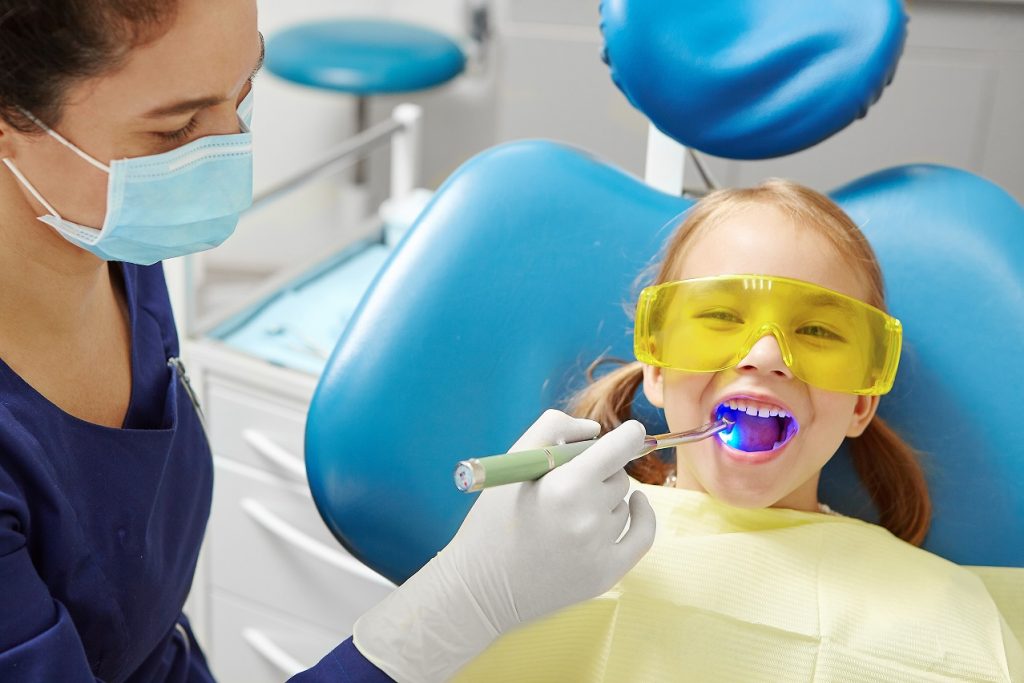
Sealants
Sealants are an excellent way to reduce decay in grooves and pits on the surface of virgin teeth. The sealant is a clear or white coating material applied to the back molars and premolars. This coating hardens and bonds to the surface which acts as a barrier for the deep grooves and pits, protecting them from food being packed and remaining, leading to decay. Children receive significant benefits from sealants due to the increased ease of debris removal, but adults can also be at risk for decay and benefit from sealant placement.
PROSTHETIC & COSMETIC DENTISTRY
Whitening
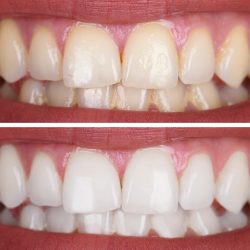
Tooth Colored Restorations
Veneers
Veneers are thin coverings made of porcelain or other tooth colored material, bonded to the outside of your teeth to make them appear straight, beautiful and healthy. In most cases, they require minor reduction to the natural tooth structure to allow for the thickness of the veneer. Some cases may require no reduction at all! When done for single teeth, they can be made to match your surrounding teeth. When multiple veneers are placed, we can alter your smile’s size, shape or color to best fit your needs.
Dental Implants
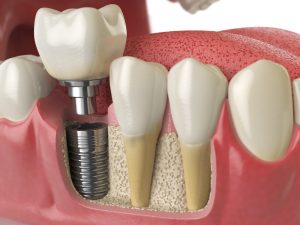
Crowns
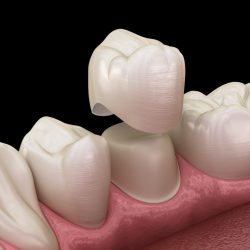
Bridges
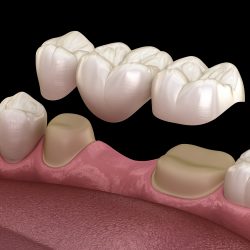
Complete or Partial Dentures
Full Mouth Rehabilitation
Invisalign
TMJ/TMD
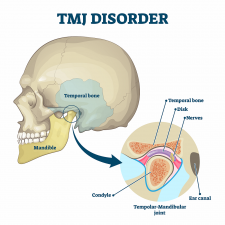
Sports Guards and Night Guards
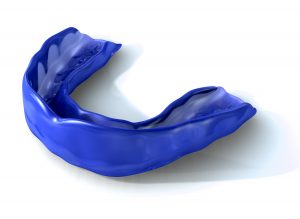
PERIODONTAL CARE
Oral Cancer Screening

Gingivitis and Periodontal Disease Treatment
